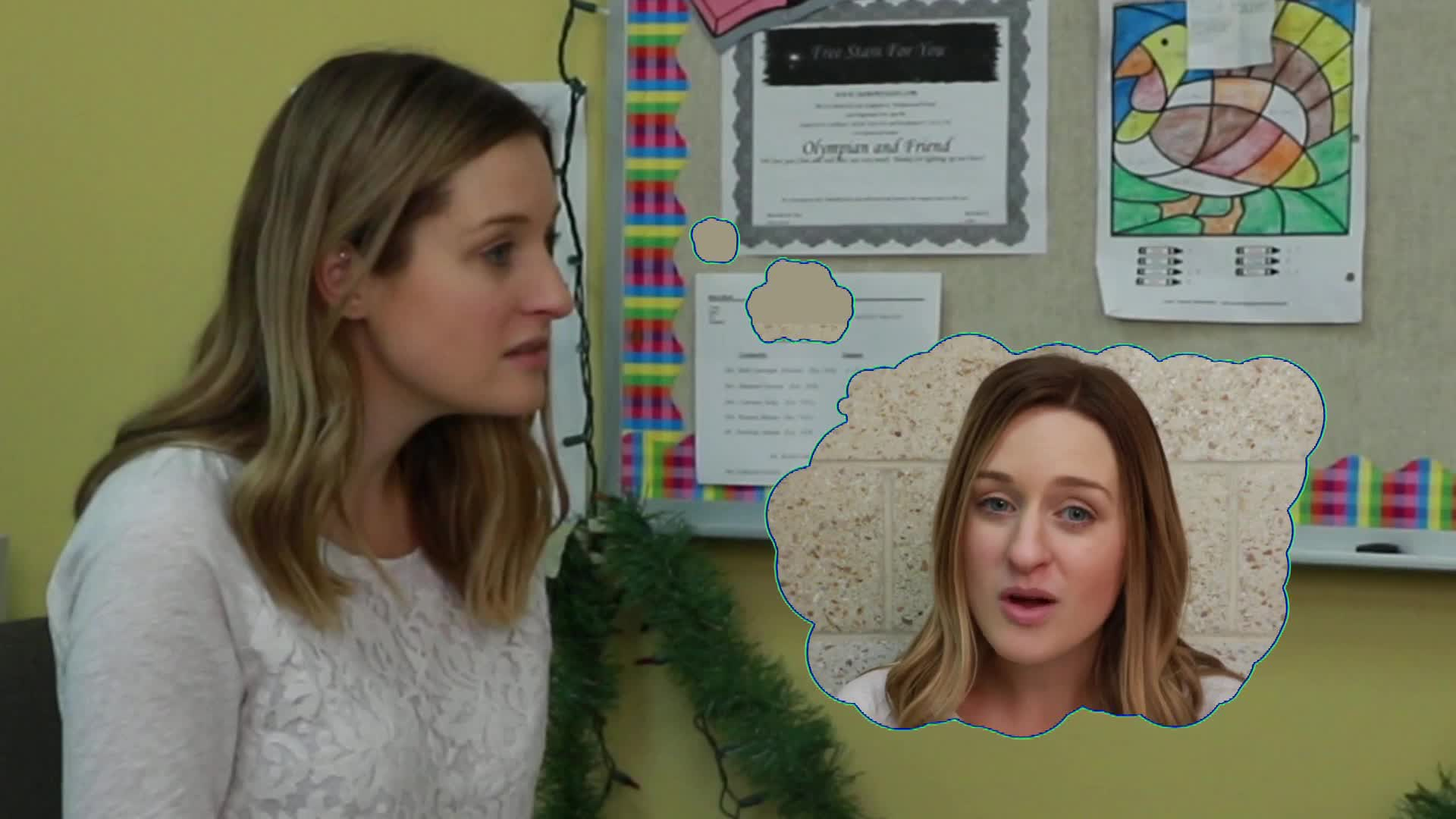
Introduction
Constructive criticism plays a crucial role in personal development, especially for students in Special Education. When given and received correctly, it can help students recognize areas where they can improve and grow. This blog post will discuss the importance of teaching students to accept criticism, provide a no-prep activity for educators, offer discussion questions, and suggest related skills to further support student growth.
No-Prep Activity: The Feedback Sandwich
A simple and effective activity for teaching students to accept criticism is the Feedback Sandwich. This activity requires no preparation or materials from the educator. Here’s how it works:
- Ask students to pair up. Each student will take turns giving and receiving feedback.
- Explain the concept of a Feedback Sandwich, where criticism is “sandwiched” between two positive statements. This helps students feel more comfortable and receptive to the input.
- Have each student think of a recent assignment, project, or behavior they would like feedback on. Encourage them to be specific.
- Each student should offer their partner a Feedback Sandwich, starting with a positive statement, followed by constructive criticism, and ending with another positive statement.
- After both students have given and received feedback, encourage them to discuss how the process felt and what they learned from the experience.
Discussion Questions
- How did it feel to receive criticism sandwiched between positive statements? Did it make the criticism easier to accept?
- Can you think of a time when someone criticized you, and it helped you improve? How did that make you feel?
- Why is it important to stay calm and open-minded when receiving criticism?
- How can we differentiate between helpful criticism and negative comments that are not constructive?
- What strategies can we use to improve our ability to accept criticism and use it for personal growth?
Related Skills
Teaching students to accept criticism is just one aspect of developing their social-emotional skills. Here are some other relevant skills to consider teaching alongside accepting criticism:
- Active listening: Encourage students to listen carefully to others and ask clarifying questions when needed.
- Empathy: Teach students to put themselves in someone else’s shoes and try to understand their feelings and perspectives.
- Self-reflection: Help students develop the habit of regularly examining their own thoughts, feelings, and actions, and identifying areas for improvement.
- Resilience: Equip students with tools to cope with setbacks and challenges, and to bounce back from difficult situations.
Next Steps
Teaching students to accept criticism is an essential step in their personal and academic growth. If you’re interested in exploring more activities and resources to support your students’ social-emotional development, be sure to sign up for free sample materials at Everyday Speech. You’ll find a variety of engaging and effective tools to help students develop crucial life skills and foster a positive learning environment.

